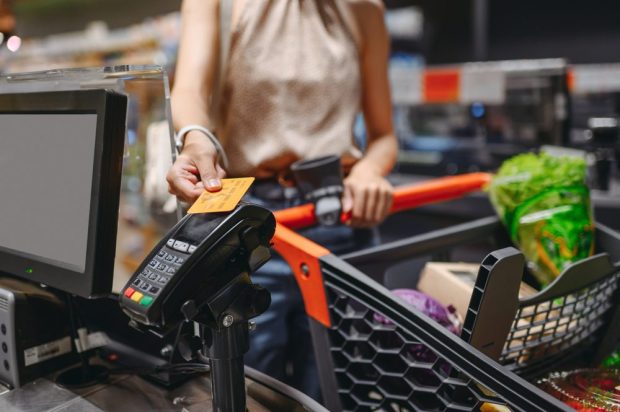US Personal Income Rises as Consumer Spending Slows

Consumer spending continued to drop in May as U.S. households curtailed spending and boosted their savings.
Data from the Bureau of Economic Analysis (BEA) released on Friday (June 3o) shows that the personal consumption expenditures (PCE) price index, the Federal Reserve’s preferred inflation gauge, improved slightly by 0.1% in May, with the year-over-year index increasing by 3.8%.
Excluding the volatile food and energy components, the PCE price index also increased by 0.3%, after rising 0.4% in April, registering its slowest pace in more than two years. Notably, spending on goods dropped 0.5%, with motor vehicles plunging by 23.3%.
With the current inflation rate, the Federal Reserve decided to skip its meeting in June. And according to BMO Capital Markets’ Sal Guatieri, “the recent stalling of consumer spending and somewhat better inflation news validate the Fed’s decision to skip a meeting this month, though continued stickiness in core prices likely warrant another tap on the brakes in July,” Reuters reported.
Despite the slowdown of consumer spending, the report shows that personal income saw gains and the savings rate increased. In fact, personal income increased $91.2 billion at a monthly rate of 0.4% in May while the savings rate increased by 4.6%, allowing lower-income households to potentially use their pandemic savings as cushion.
PYMNTS research has found that consumer spending is being impacted by rising emergency expense costs, with 46% of U.S. consumers facing at least one unexpected expense in the last 90 days, according to findings detailed in this month’s edition of “New Reality Check: The Paycheck-to-Paycheck Report,” a PYMNTS and LendingClub collaboration.
The report also revealed that two-thirds of the unexpected expenses consumers experienced cost more than the Federal Reserve’s benchmark $400 benchmark for emergency expenses, with consumers’ average emergency expense currently standing at approximately $1,700, reflecting year-over-year growth of 16%.
PYMNTS also highlights that while fewer consumers are living paycheck to paycheck compared to previous months, unexpected expenses can still strain their financial health. Most consumers use available funds, such as cash or savings, to cope with unexpected expenses. However, paycheck-to-paycheck consumers with issues paying bills are nearly twice as likely to use financing or alternative sources to cover these expenses.
